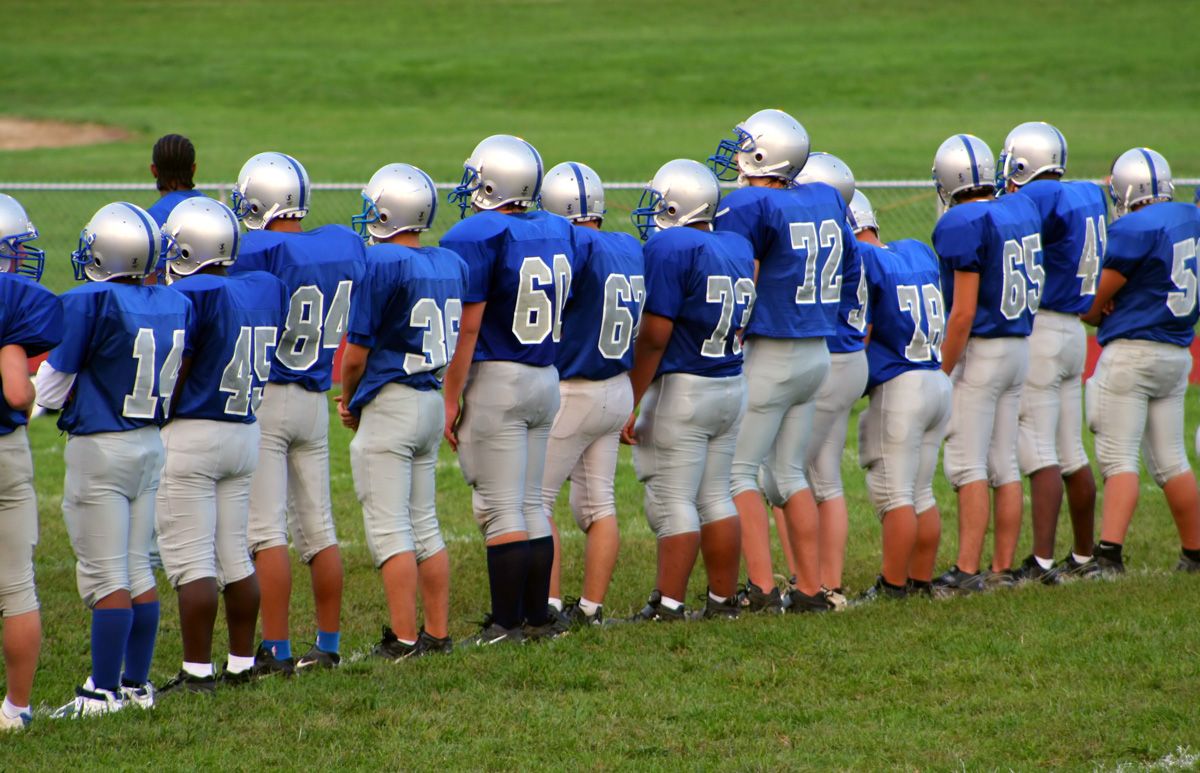1 Pfeifer CE, Sacko RS, Ortaglia A, et al. FUNCTIONAL MOVEMENT SCREEN™ in YOUTH SPORT PARTICIPANTS: EVALUATING the PROFICIENCY BARRIER for INJURY. Int J Sports Phys Ther. 2019;14(3):436-444. doi:10.26603/ijspt20190436
2 Plisky PJ, Rauh MJ, Kaminski TW, Underwood FB. Star Excursion Balance Test as a predictor of lower extremity injury in high school basketball players. J Orthop Sports Phys Ther. 2006;36(12):911-919.
3 Butler RJ, Lehr ME, Fink ML, Kiesel KB, Plisky PJ. Dynamic balance performance and noncontact lower extremity injury in college football players: an initial study. Sports Health. 2013;5(5):417-422.
4 Smith CA, Chimera NJ, Warren M. Association of y balance test reach asymmetry and injury in division I athletes. Medicine and science in sports and exercise. 2015;47(1):136-141.
5 Adirim, T.A., Cheng, T.L. Overview of Injuries in the Young Athlete. Sports Med 33, 75–81 (2003). https://link.springer.com/article/10.2165/00007256-200333010-00006
6 Breuner CC. Avoidance of burnout in the young athlete. Pediatr Ann. 2012;41(8):335-339. doi:10.3928/00904481-20120727-14
7 Zwolski C, Quatman-Yates C, Paterno MV. Resistance Training in Youth: Laying the Foundation for Injury Prevention and Physical Literacy. Sports Health. 2017;9(5):436-443. doi:10.1177/1941738117704153
8 Wiggins AJ, Grandhi RK, Schneider DK, Stanfield D, Webster KE, Myer GD. Risk of Secondary Injury in Younger Athletes After Anterior Cruciate Ligament Reconstruction: A Systematic Review and Meta-analysis. Am J Sports Med. 2016;44(7):1861-1876. doi:10.1177/0363546515621554
9 Milewski MD, Skaggs DL, Bishop GA, et al. Chronic lack of sleep is associated with increased sports injuries in adolescent athletes. J Pediatr Orthop. 2014;34(2):129-133. doi:10.1097/BPO.0000000000000151
10 Feeley BT, Schisel J, Agel J. Pitch Counts in Youth Baseball and Softball: A Historical Review. Clin J Sport Med. 2018;28(4):401-405. doi:10.1097/JSM.0000000000000446
11 Konopinski MD, Jones GJ, Johnson MI. The effect of hypermobility on the incidence of injuries in elite-level professional soccer players: a cohort study. Am J Sports Med. 2012;40(4):763-769. doi:10.1177/0363546511430198.
12 Sobhani-Eraghi A, Motalebi M, Sarreshtehdari S, Molazem-Sanandaji B, Hasanlu Z. Prevalence of joint hypermobility in children and adolescents: A systematic review and meta-analysis. J Res Med Sci. 2020;25:104. Published 2020 Nov 26. doi:10.4103/jrms.JRMS_983_19
13 Foss KDB, Thomas S, Khoury JC, Myer GD, Hewett TE. A School-Based Neuromuscular Training Program and Sport-Related Injury Incidence: A Prospective Randomized Controlled Clinical Trial. J Athl Train. 2018;53(1):20-28. doi:10.4085/1062-6050-173-16
